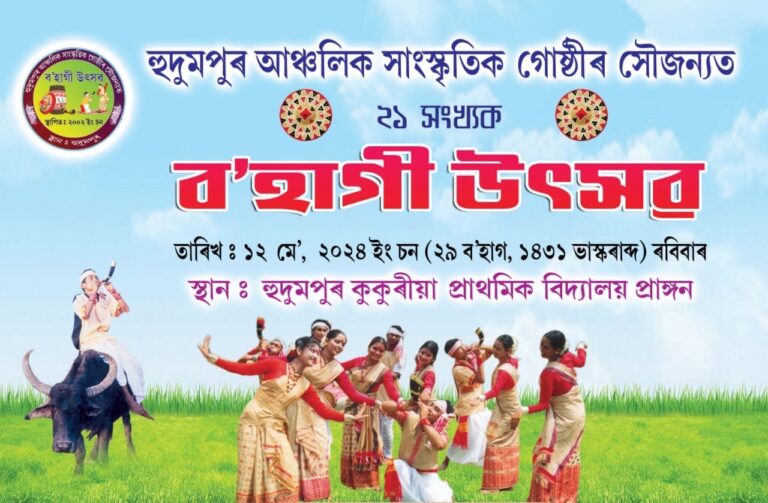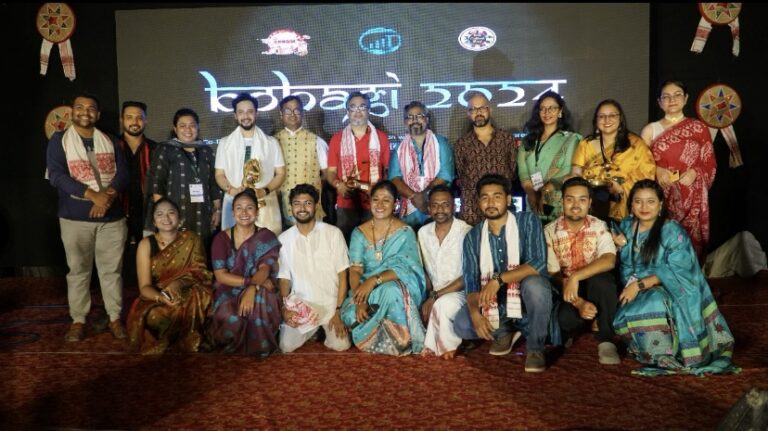The contribution of Dr. Babasaheb Ambedkar to the history of social revolution should never be overlooked. Babasaheb Ambedkar came to India in 1917 after acquiring a high degree of doctorate in economics from Britain.
According to his agreement, he worked as the Minister of Finance in the princely state of Baroda for some time. But he did not stay there for a long period. The employee of the court used to treat him humiliatingly considering him an untouchable. Despite being highly educated and occupying such a high position, he had to bear the humiliation.
Babasaheb Ambedkar Returns Mumbai:
Leaving the high-prestige job, he returned to Mumbai the very same year. Soon he was selected as a Professor of Political Economy at Sydenham College, Mumbai. Baba Saheb was one of the most educated people of his time. Despite this, he was ill-treated several times in the name of caste. Babasaheb had noticed and felt this oppression of castism on Dalits very closely. He learned that Dalits have been socially boycotted in the country for centuries, were given the disrespectful tag of ‘untouchable’, and were still regarded as untouchables. They were prohibited from entering the temple and sometimes were even banned from walking on the road. They were not even allowed to take water from public ponds and wells. This inhuman treatment of Dalits deeply discomforted Babasaheb, but he did not give up. He chose to fight against this injustice that has stood existing on for centuries. Baba Saheb wanted to implant these social evils.
Oppression of Dalits during British rule:
At that time the country was ruled by the British. There was no shift in the Indian social system even during British rule. The struggle for freedom was going on under the leadership of Mahatma Gandhi. Baba Saheb used to say that “Our freedom is incomplete without the liberation of the Dalit society.” Babasaheb Ambedkar had chosen the path of mass struggle and mass movement for the liberation of Dalit society. He knew that through struggle they would get their rights on one hand and at the same time a sense of self-respect would also be awakened within the downtrodden section who had been suffering for centuries.
Status of Dalit society in Maharashtra:
Even in Maharashtra, in many places, Dalits were not allowed to take water from public tanks or wells. If a Dalit person dared to take water from a public tank, the whole community would have to bear the consequences. How weird is the restriction that even the resources like water, land, and forest on which every living being has a right, were being denied to Dalits ?
Choosing the path of struggle:
Baba Saheb himself belonged to the Dalit community. He was well aware of the Sanatani system of Indian society. he was deeply hurt. In public life, they had to live as an outcast. Seeing this condition of Dalits, As an well educated person Babasaheb Ambedkar had two options regarding his future. Either he will have to earn wealth by making use of his education or else he has to fight for emancipation by becoming the voice of the helpless Dalits. Babasaheb chose the path of struggle. On 1924 in Mumbai , he formed an organization named ‘Bahishkrit Hitkarini Sabha’ for Dalit emancipation. Along with the untouchable members, progressive upper-caste members were also a part of this association. Meetings were organized under this association at many sites.
Chavdar Talao Movement:
Regarding public ponds and wells, a government ordinance was passed by the Mumbai Presidency passed a resolution in those days that all citizens would have rights over public water sources.
Based on this law, Surendranath Tipnis, the mayor of Mahad, declared the Chaudar pond a public property in 1924, that is, now everyone had the right to take water from the pond. Despite this, the social boycott of Dalits was going on unannounced by the upper castes. Dalits were not allowed to take water from ‘Chaudar lake’. Even if someone had the guts to show courage, he in turn had to bear harsh tortures. Dalit women used to walk miles for water.
Invitation to visit Mahad:
Municipal President Surendra Nath Tipnis invited Baba Saheb to come to Mahad so that this pond can be dedicated to the common people by his hands. Baba Saheb accepted this invitation. He arrived there two months before the due date in January 1924. There was enthusiasm and spirit among the local Dalits as soon as he reached here. Baba Saheb was well familiar with this land of Mahad. Many people of the Mahar caste were associated with the British Army. They settled here in large numbers after being released from the army. Baba Saheb needed such disciplined people for Satyagraha. He roamed around and established dialogue with the local people, understanding their problems. And was accompanied by local Dalit leader R.K.B. They used to go from village to village to make people aware of their rights. Baba Saheb’s words started having a deep impact on the minds of the people. Baba Saheb continued to get the cooperation of the local Dalits. Gradually thousands of people started joining the Chaudar Talab movement.
Baba Saheb used to say that “The pond from which upper caste people can drink water, even if animals do not mind drinking water, how can Dalits be kept away from this right?” Every man has the same rights.” No matter what caste or religion he may belong to.
Support all classes:
On one hand, where the local Sanatani Hindus were opposing the Mahad movement, Baba Saheb along with Dalits, was being supported by a large section of society. Kazi Hussain went ahead and made available his land for the agitators to stay. Dr. Surendranath Tipnis, Gangadhar Neelkanth Sahastrabuddhe and Anant Vinayak Chitre, Kayastha Prabhu, people from upper caste society also came forward to help Dr. Ambedkar.
Mahad Satyagraha:
March 20, 1927, is the historic day when Baba Saheb Ambedkar did Satyagraha along with thousands of Dalits. The whole form of this movement was non-violent. Baba Saheb Ambedkar reached the Chowdar Pond (Chowdar means Sweet in Marathi) and drank the Tasty water of the pond with his hands. In this way, along with Baba Saheb, hundreds of Dalit communities also drank the sweet water of the pond and thus breaking the shackles of hundreds of years of slavery.
Significance of the ‘Chavdar Talao’ movement:
The importance of Mahad’s ‘Chavdar Talab’ movement is incredible because, for the first time in the history of India, Dalits had obtained their rights through mass struggle and Satyagraha under the leadership of a Dalit leader. This satyagraha done by Babasaheb was not limited to the right to water only. He said that “Every human being has equal rights on land, forest, mountain tree, sun, and sky. It can never be anyone’s private property.”
In the history of modern India, the importance of the Mahad movement, ‘Chavdar Talao’ is because only after this movement did new consciousness developed within the Dalit society. Or it can be said that only after the movement of Chavdar Talao, Dalit issues were raised and hence were given a priority in Indian politics.
Even today, every year on March 20, thousands of people of the Dalit community from all over the country come to Mahad’s ‘Chavdar Talab’ with flags in their hands, chanting slogans of ‘Jai Bhim’…… ‘Jai Bhim’. The enthusiasm and zeal of thousands of people who have come from every corner of the country is visible. The struggle of ‘Chavdar Talab’ tells us that all natural resources are our own. We all have an equal right to water, air, and sun. And no one can take it from us.
Today, under the guise of development and law, a network of industry, mining, and market is being spread. Gradually, the rights to water, land, and forests are being snatched away from the common people. The significance of the Mahad movement commenced by Babasaheb Ambedkar a hundred years ago should be seen in this context.
Content By:
Mukhtar Khan (9867210054)
(Janwadi Lekhak Sangh, Mumbai)
mukhtarmumbai@gmail.com
















